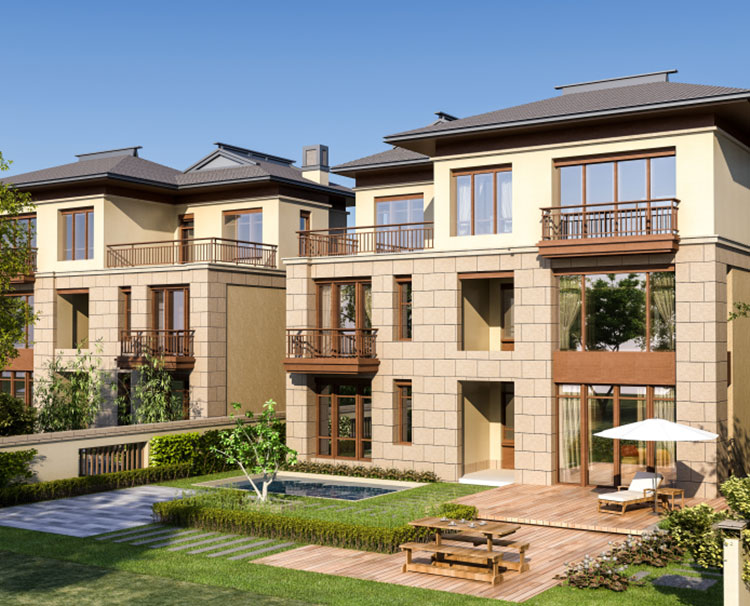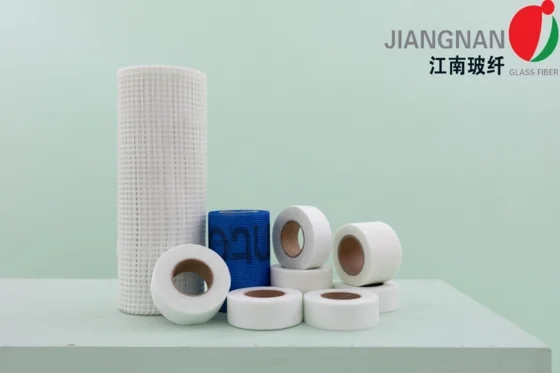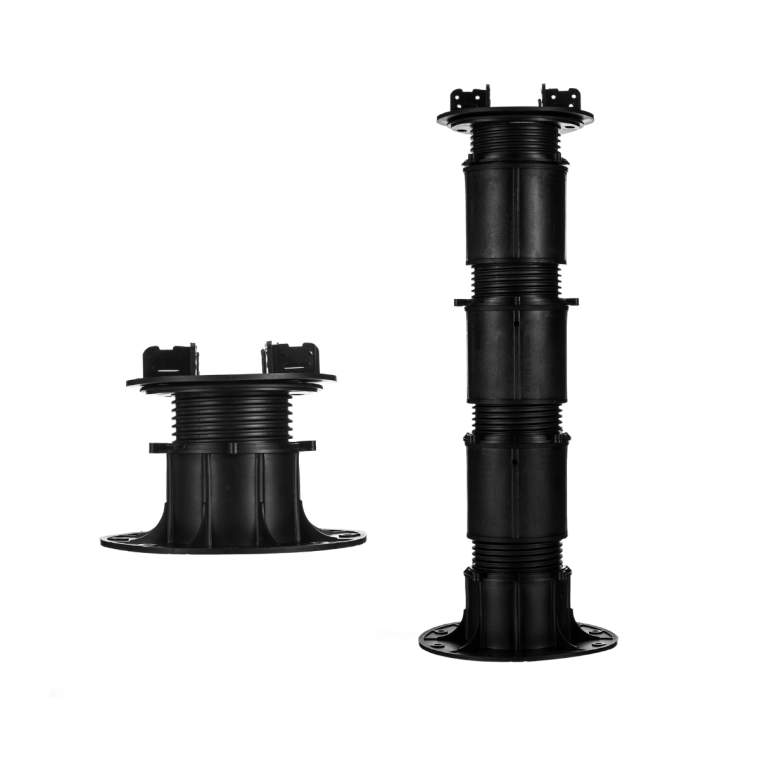Exploring the World of Exterior Paint Finishes: A Comprehensive Guide
2 min read
Exterior paint finishes play a crucial role in protecting and enhancing the appearance of buildings. From traditional to modern, there is a wide range of finishes available, each with its unique characteristics and benefits. In this comprehensive guide, we will delve into the world of exterior paint finishes, exploring their types, applications, and the factors to consider when choosing the right finish for your project.
- Understanding Exterior Paint Finishes:
Exterior paint finishes refer to the final coating applied to the exterior surfaces of buildings. They not only provide aesthetic appeal but also protect the underlying materials from weathering, UV radiation, moisture, and other environmental factors. The choice of finish depends on factors such as climate, building type, desired appearance, and maintenance requirements. - Types of Exterior Paint Finishes:
a) Flat Finish: This finish offers a smooth, non-reflective appearance and is ideal for concealing surface imperfections. It is commonly used on siding, stucco, and other textured surfaces.
b) Satin Finish: With a subtle sheen, satin finishes provide a low-to-medium reflectivity. They are durable, easy to clean, and suitable for a variety of exterior surfaces.
c) Semi-Gloss Finish: This finish offers a higher level of reflectivity, making it ideal for highlighting architectural details. It is commonly used on trim, doors, and windows.
d) Gloss Finish: With a high sheen, gloss finishes provide a vibrant and reflective appearance. They are highly durable and resistant to moisture, making them suitable for areas prone to heavy wear and tear. - Factors to Consider When Choosing Exterior Paint Finishes:
a) Climate: Consider the climate of your region, including temperature fluctuations, humidity levels, and exposure to sunlight. Certain finishes are better suited for specific climates to ensure long-lasting performance.
b) Substrate: Different exterior surfaces require specific paint finishes. For example, wood may benefit from a finish that allows the natural grain to show, while metal surfaces may require a finish that provides corrosion resistance.
c) Maintenance: Consider the level of maintenance required for each finish. Some finishes may require regular cleaning or touch-ups, while others offer greater durability and longevity.
d) Aesthetic Appeal: The desired appearance of the building should also be taken into account. Consider factors such as color, texture, and overall style when selecting the right finish. - Application Techniques:
To achieve the best results, proper application techniques are essential. This includes surface preparation, priming, and applying the finish coats. Following manufacturer guidelines and using high-quality tools and materials will ensure a professional and long-lasting finish.
Conclusion:
Exterior paint finishes are not only about aesthetics but also about protecting and preserving the integrity of buildings. By understanding the different types of finishes, considering various factors, and employing proper application techniques, you can achieve a beautiful and durable exterior that withstands the test of time. Whether you're a homeowner or a professional in the construction industry, this comprehensive guide will help you make informed decisions when it comes to exterior paint finishes.



